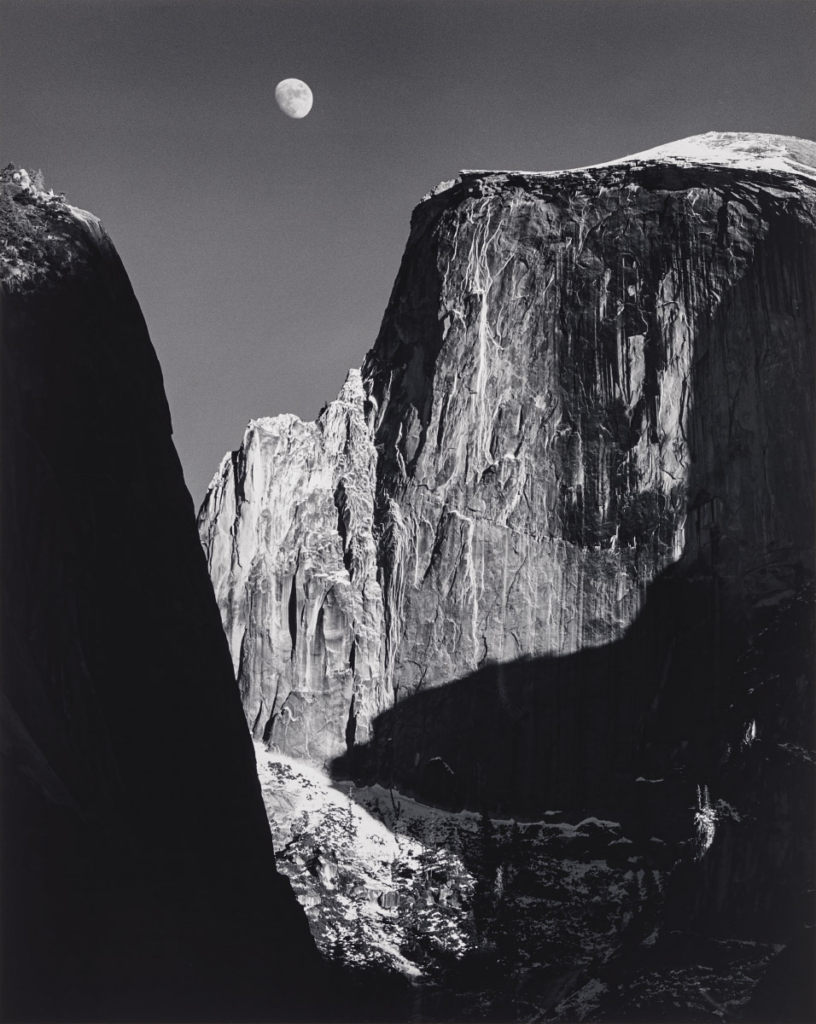
Robert Adams is an American photographer who focusses his work on the changing landscapes of the American West. His work started to get more attention in the 1970s after the publishing of his book ‘The New West’ and the exhibition ‘New Topographics: Photographs of a Man-Altered Landscape’ that he participated in in 1975.
Much like Ansel Adams, his work consists of American West landscape photographs. However, Ansel Adams only captured natural landscapes. Robert Adams combines the natural and the man-made aspects when creating photographs. This contrasts with Ansel Adams work as his work gives off the impression of a certain ignorance to the modern age.

Realistically, nowadays there is lots more man-made objects created by humans when adapting and modifying the world in order to make it inhabitable. Ansel Adams chooses to ignore this, which is why he is able to capture beautiful photographs of natural landscapes. However, Robert Adams work is arguably more impactful as he found a way to incorporate both aspects while still creating influential images.
Image analysis

‘The Place We Live’
I think this photograph has been very carefully composed and captured. It appears very dark and moody. Robert Adams has highlighted the subject (the assumed woman in the house) by manipulating the light and creating a silhouette. The darkness of the house enhances the light coming from the back of the house to highlight the subject. The combination of the single subject and the lighting creates a theme of loneliness.
There are a number of straight lines in the photograph. However, the shape of the pathway is more curved and it being one of the brightest aspects of the image draws attention to it leading up to the house. Suggesting it may have some importance. The repetition of the straight lines creates a sense of uniformity and contrasts the unique, soft shape of the subject. Allowing it to stand out, and appear more mysterious.
The straight lines create quite rigid square or rectangular shapes. This frames the subject and may imply the idea of a cage, thus making the subject a prisoner. Which adds to the suggested theme of loneliness.
